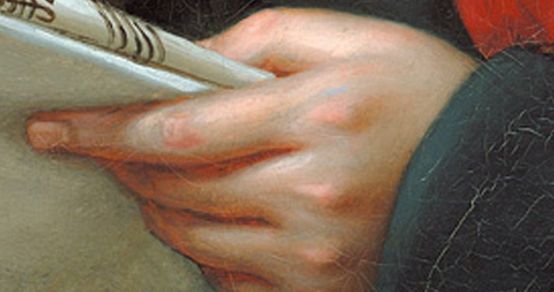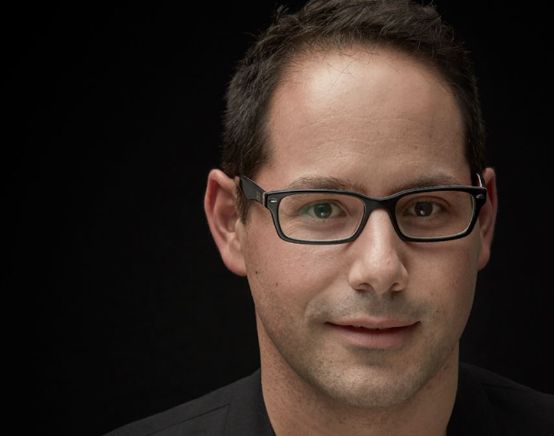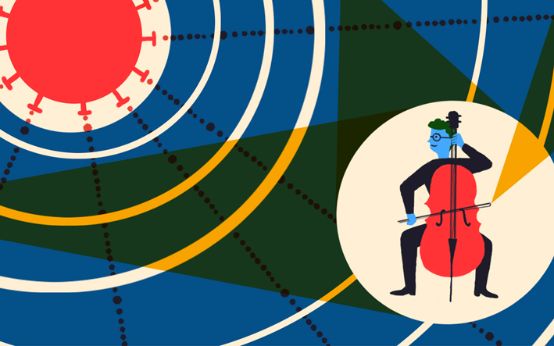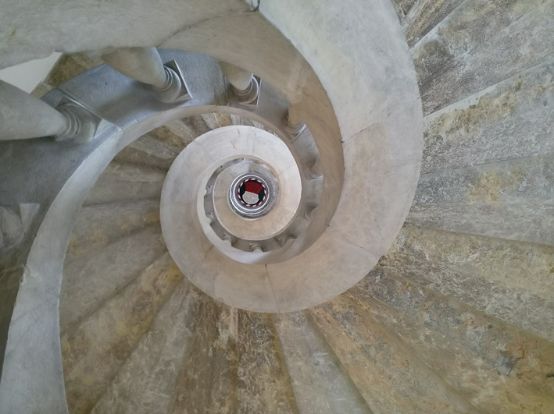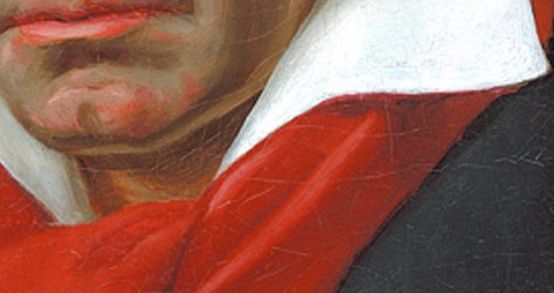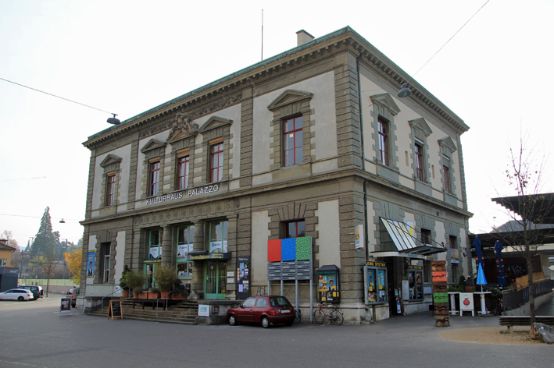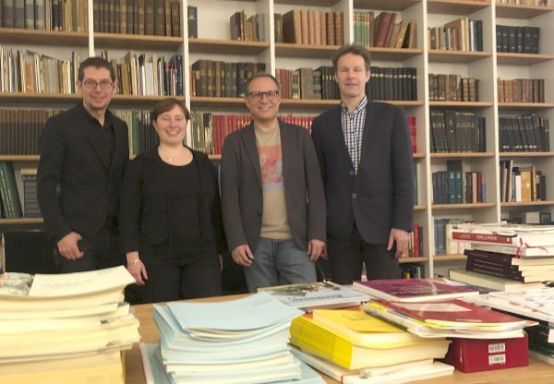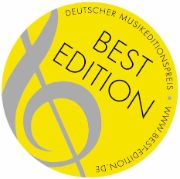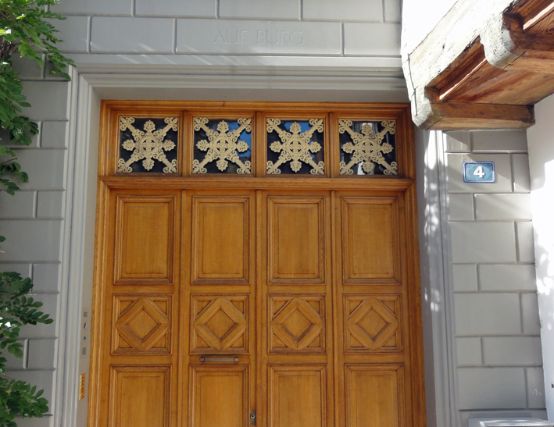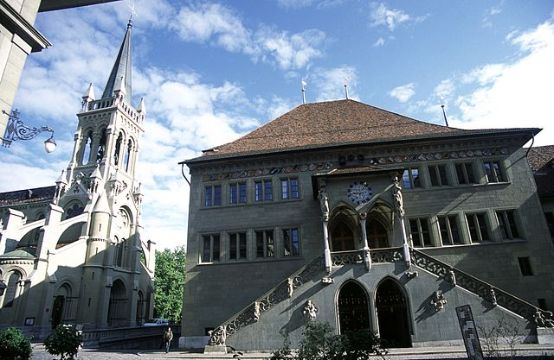New date for the EJCF
The organizing team has succeeded in postponing the 12th EJCF to Ascension Day 2021 (12 to 16 May). Three other festivals, most of the invited choirs and around 100 cooperation partners have made this possible thanks to their flexibility.

The 12th edition of the European Youth Choir Festival Basel (EJCF) should have taken place over the Ascension weekend this year. Covid-19 threw a spanner in the works and the EJCF board canceled the festival in mid-March. Initially, it was not expected that the 12th edition could be postponed. This was now possible after all because, as the festival writes, several festivals showed solidarity and rescheduled their events or entered into new collaborations. The Swiss Children's and Youth Choir Festival will be postponed from May 2021 to May 2022 and will take place at the same time as the Swiss Singing Festival (Festival of Choirs 20 to 28 May 2022 in Gossau). The meeting of Swiss choir conductors will take place in 2021 as part of the EJCF; it was planned to take place during the Cantars church music festival (March to June 2021). Some concert organizers had postponed dates, and collaborating organizations and volunteers had pledged their support for 2021. All but four of the choirs invited for 2020 could also take part next year.
In addition, the EJCF has not been completely canceled: Swiss radio will broadcast recordings of past festivals that Recycling campaign for unused advertising materials underway and from May 10, the Website of the festival activities, "which can now be seen as the amuse bouche of an EJCF 2021."






